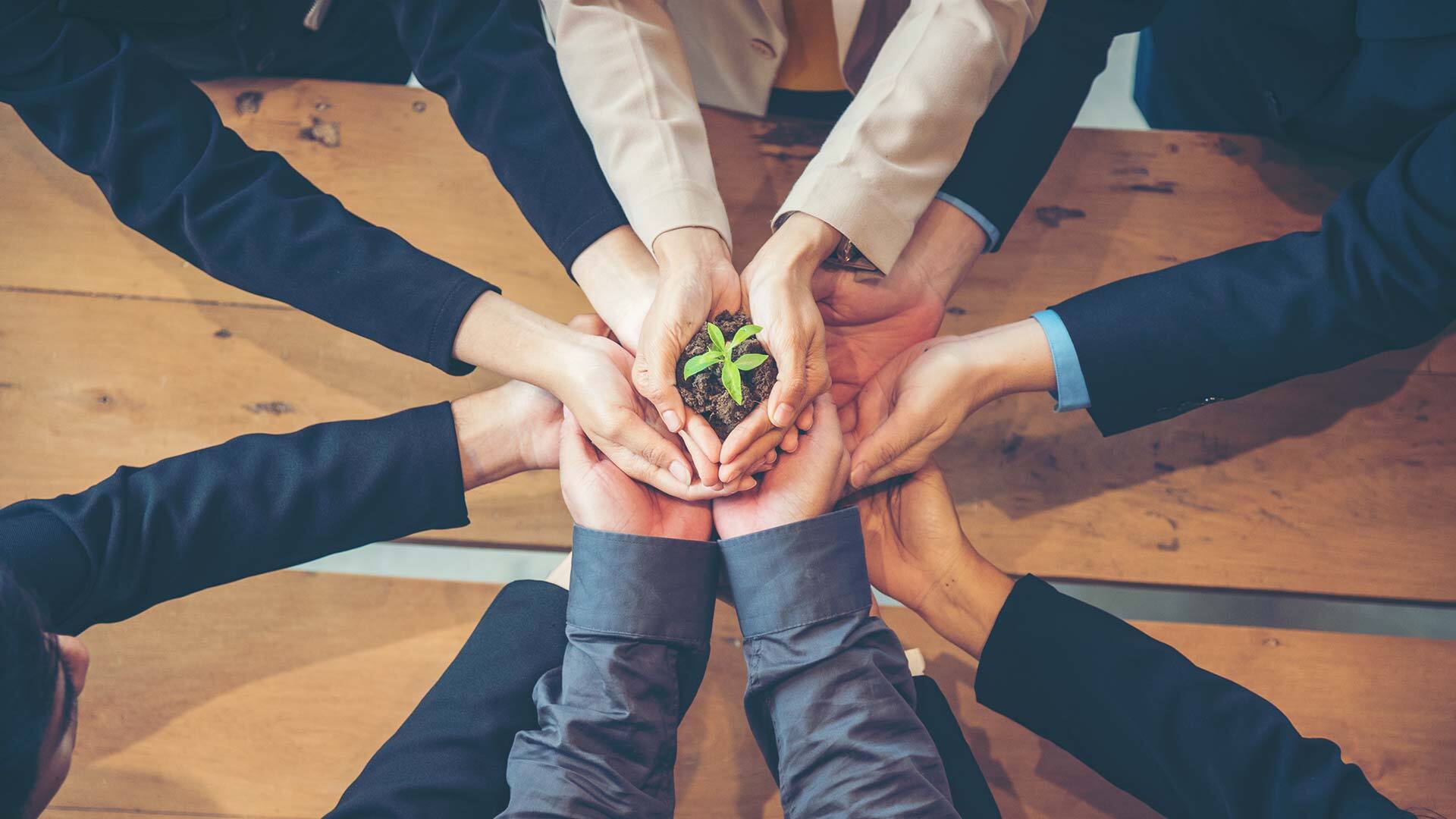
Yeehaw! Get ready to saddle up and hold on tight as we dive into the thrilling world of rodeo. Rodeo is a captivating sport that combines agility, strength, and a whole lot of cowboy spirit. While most people are familiar with the basics of bull riding and barrel racing, there are some surprising facts about rodeo that may leave you lassoed with awe. From unexpected animal athletes to record-breaking feats, the world of rodeo is filled with intriguing tidbits that will make you appreciate this adrenaline-packed sport even more. So, put on your cowboy boots and prepare to be entertained as we uncover 14 surprising facts about rodeo that will have you saying, “Giddy up!
Key Takeaways:
- Rodeo is a thrilling sport with deep roots in Western culture, showcasing unique skills and traditions that captivate audiences worldwide.
- Rodeo events require immense physical and mental strength, strict animal welfare regulations, and have a global presence beyond the United States.
Rodeo originated from Spanish vaqueros.
Rodeo has its roots in the Spanish vaqueros and the traditions of cattle ranching in the Americas. The vaqueros were skilled horsemen who developed the techniques of roping and herding cattle, which eventually formed the foundation of modern rodeo events.
Rodeo events can be traced back to the early 1800s.
The first recorded rodeo took place in Mexico in the early 1800s. It featured competitions in horsemanship and cattle handling, setting the stage for the future development of rodeo as a popular sporting event.
Barrel racing is the only rodeo event exclusively for women.
While women participate in various rodeo events, barrel racing is the only event exclusively reserved for female competitors. In this thrilling event, riders navigate a cloverleaf pattern around three barrels at high speeds, showcasing their precision and agility.
The rodeo arena is called a “roughstock.”
The arena used for roughstock events such as bull riding and saddle bronc riding is colloquially known as the “roughstock.” It is specially designed to ensure the safety of both the animals and the contestants, with sturdy fencing and ample space for the high-intensity action.
Rodeo clowns play a crucial role in rider safety.
Rodeo clowns, also known as bullfighters, are not just entertainers but also serve a vital purpose in ensuring the safety of bull riders. They distract the bulls after the riders dismount and divert their attention away from the fallen contestants, allowing them to escape unharmed.
Rodeo events require strict animal welfare regulations.
Rodeo organizations strictly enforce animal welfare regulations to ensure the well-being of the animals involved. These regulations include veterinary inspections, proper handling practices, and limitations on the use of certain equipment to prevent any harm to the animals.
Rodeo has its own Hall of Fame.
The Rodeo Hall of Fame honors the legends of the sport who have made significant contributions to the rodeo industry. This prestigious institution recognizes the achievements of exceptional riders, livestock, and influential figures who have shaped the history of rodeo.
Rodeo events are not limited to the United States.
While rodeo is often associated with the United States, it is a global phenomenon with rodeo events taking place in many countries around the world. From Canada to Australia, rodeo enthusiasts and competitors gather to showcase their skills and celebrate the spirit of the sport.
Rodeo events attract millions of spectators every year.
Rodeo has a dedicated fan base that eagerly attends events both in person and through various media platforms. The adrenaline-pumping action, daring displays of horsemanship, and incredible skills of the riders make rodeo one of the most thrilling spectacles in the world of sports.
Rodeo champions can earn substantial prize money.
Top rodeo athletes have the opportunity to win substantial prize money in various events. Rodeo champions often secure lucrative sponsorship deals and endorsements, turning their passion for the sport into a successful career.
Rodeo equipment is designed for maximum safety.
The equipment used in rodeo events, such as bull ropes, protective vests, and helmets, is specifically designed to ensure the safety of the riders. Continuous advancements in rodeo gear aim to minimize the risk of injuries and enhance the overall well-being of the contestants.
Rodeo events require immense physical and mental strength.
Rodeo athletes need to possess exceptional physical and mental strength to succeed in their events. The demanding nature of rodeo requires riders to maintain balance, agility, and focus while dealing with powerful animals and high-pressure situations.
Rodeo has its own unique lingo and slang.
Like any other specialized sport, rodeo has its own unique lingo and slang. Terms such as “bulldogging,” “mutton busting,” and “bucking chute” are commonly used in rodeo circles and add to the rich heritage and tradition of the sport.
Rodeo is a celebration of Western culture.
Rodeo encapsulates the essence of Western culture, showcasing the skills and traditions that developed in the ranching and cowboy lifestyle. It represents a blend of athleticism, horsemanship, and a deep connection to the land, making it a true celebration of Western heritage.
Conclusion
In conclusion, rodeo is not just a thrilling spectator sport, but also a rich and fascinating cultural phenomenon. From its deep-rooted history in cowboy culture to the incredible skills and bravery displayed by rodeo athletes, there’s so much more to this adrenaline-pumping event than meets the eye. Hopefully, these 14 surprising facts have shed some light on the lesser-known aspects of rodeo and sparked your curiosity about this beloved pastime. So, the next time you witness a rodeo or hear someone mention it, you’ll have a deeper appreciation for the incredible athleticism, tradition, and excitement that define this unique sport.
FAQs
1. How did rodeo originate?
Rodeo originated from the skills required by working cowboys on ranches in North America. It evolved into a competitive event where cowboys showcased their talents in riding, roping, and other tasks.
2. Is rodeo dangerous?
Yes, rodeo can be dangerous for both the cowboys and the animals involved. However, strict safety measures and regulations are implemented to ensure the well-being of all participants.
3. Are animals mistreated in rodeo?
Animal welfare is a priority in professional rodeo. Organizations such as the Professional Rodeo Cowboys Association (PRCA) have strict guidelines in place to ensure the proper treatment and care of animals.
4. Can anyone participate in rodeo?
While professional rodeo competitions require specific qualifications, there are opportunities for amateurs and enthusiasts to participate in rodeo events at local or regional levels.
5. What are the main events in rodeo?
The main events in rodeo include bull riding, bareback bronc riding, saddle bronc riding, steer wrestling, team roping, tie-down roping, and barrel racing.
6. How do cowboys train for rodeo?
Cowboys train rigorously to compete in rodeo events. They develop their riding skills, practice roping techniques, and maintain physical fitness to perform at their best.
7. Are there age restrictions in rodeo?
There are age restrictions in professional rodeo events, but there are youth and senior divisions for various competitions to promote participation across different age groups.
8. How do rodeo athletes take care of their animals?
Rodeo athletes take great care of their animals, ensuring they receive proper nutrition, exercise, and medical attention. Regular check-ups and a strong bond between the athletes and animals are crucial.
9. Is there prize money in rodeo?
Yes, professional rodeo competitors compete for prize money. The amount and distribution of prize money vary depending on the competition and event.
10. Is rodeo popular only in the United States?
Rodeo has gained popularity worldwide, although it originated in North America. Various countries host rodeo events and have their own unique rodeo traditions.
If you're hooked on rodeo and crave more thrilling tidbits, saddle up for even wilder rides! Lasso 10 rodeo fun facts that'll make you grin from ear to ear. Then, mosey on over to explore the Panaewa Stampede Rodeo's 15 jaw-dropping facts that'll leave you hankerin' for more. And don't miss the chance to wrangle 11 mind-blowin' facts about Ute Stampede Rodeo – a rootin'-tootin' good time awaits!
Was this page helpful?
Our commitment to delivering trustworthy and engaging content is at the heart of what we do. Each fact on our site is contributed by real users like you, bringing a wealth of diverse insights and information. To ensure the highest standards of accuracy and reliability, our dedicated editors meticulously review each submission. This process guarantees that the facts we share are not only fascinating but also credible. Trust in our commitment to quality and authenticity as you explore and learn with us.


